| Latin Name | Observation date | Location |
|---|---|---|
| Genus Laportea | May 01 2025 | Buket Alue Puteh, Aceh, Indonesia |
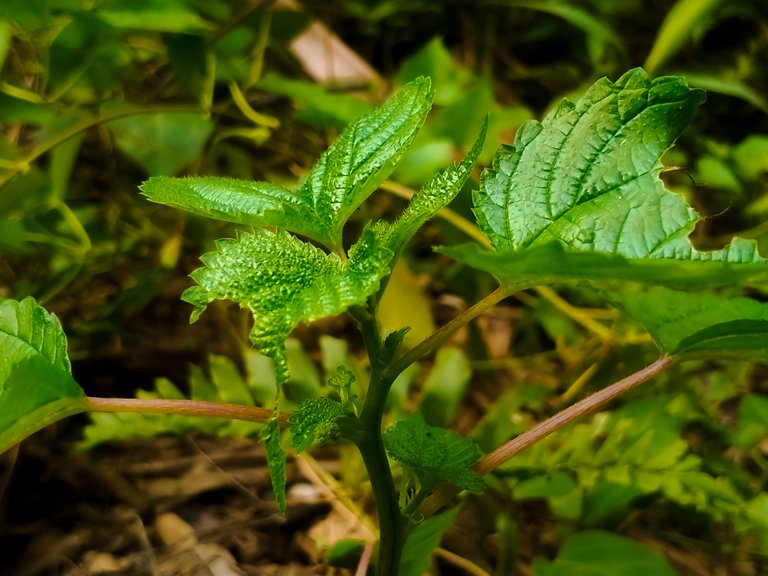
Hi everyone, if you are a nature lover and so far you often do adventures in the forest around you or in the forest far from your home, then today I want to show you some photos of one type of wild plant that you need to be aware of when adventuring because this plant will be a problem for you if there is direct contact, some time ago when exploring in the forest not far from my house I once felt itching and burning all over my feet because I came into contact with the leaves of this plant without me realizing it and it was a very bad experience, from that incident I am always careful when exploring because I don't want to get the same problem from this magical plant.
This is one of the wild plants that is popularly known as "jelatang" in Indonesia, while scientifically this plant is known as "Genus Laportea".
Is this plant familiar to you?
The Genus Laportea is known for its leaves which are covered in fine hairs and contain irritants, but behind its defense, this plant is also believed to contain many nutrients, some people have cooked Genus Laportea leaves as vegetables after boiling them for a long enough time to eliminate toxins, the iron, calcium and vitamin A content makes it very nutritious, however, I personally have never done such an activity, so in this post I do not invite you to cook Genus Laportea leaves as vegetables because I am worried about your health, but if you insist on trying and you like challenges, then my suggestion is that at least you have a sufficient understanding of the side effects of this wild plant.
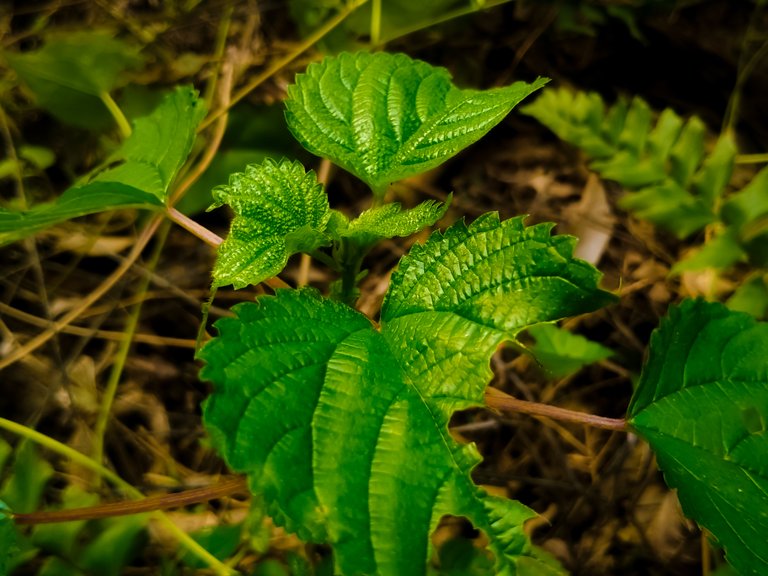

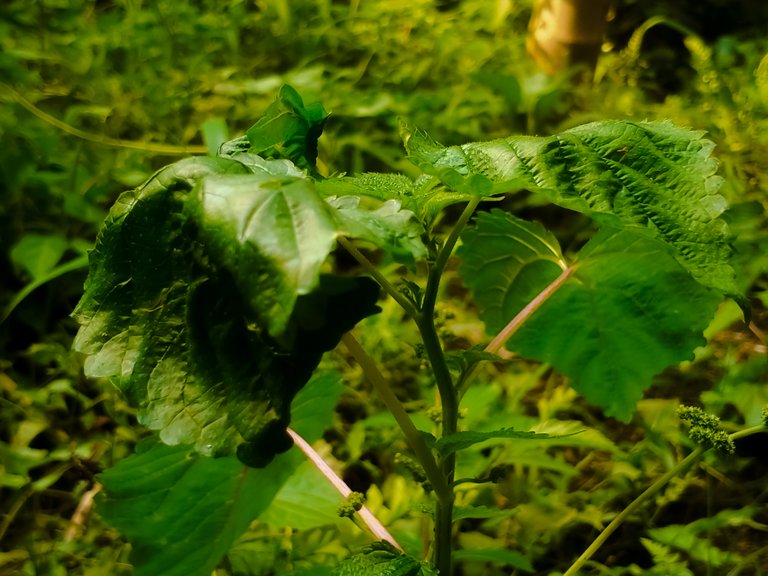
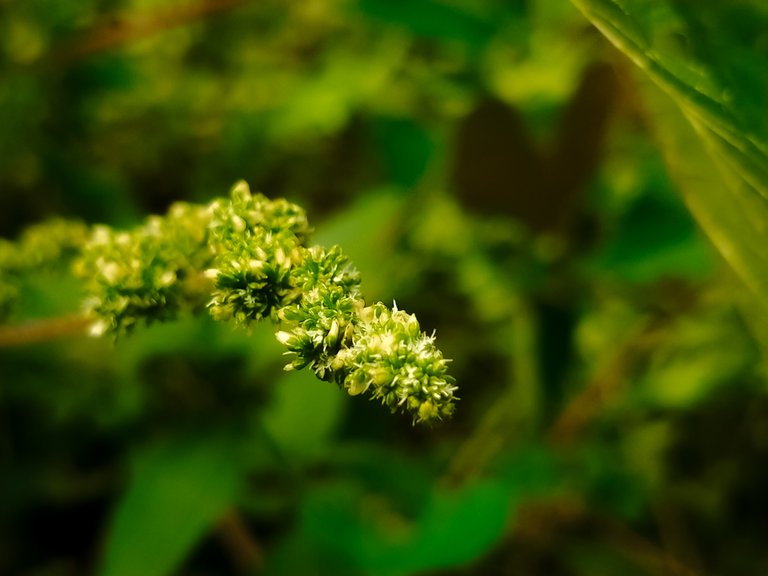
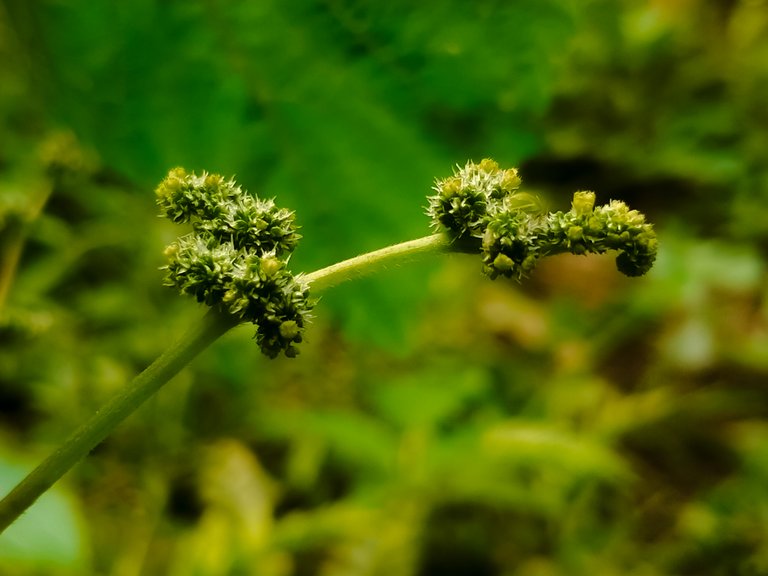
| Camera used | smartphone |
|---|---|
| Lens | - |
| Photography | Genus Laportea |
| Location | Buket Alue Puteh |
| Photographer | @lightofhope |
| Link to original | community |
|---|---|
| Link | https://www.inaturalist.org/observations/277320210 |
| Latitude Longitude | Map | |
|---|---|---|
| =5.080479 | =97.46383 | https://www.openstreetmap.org/?mlat=5.0804793232&mlon=97.4638302997 |

